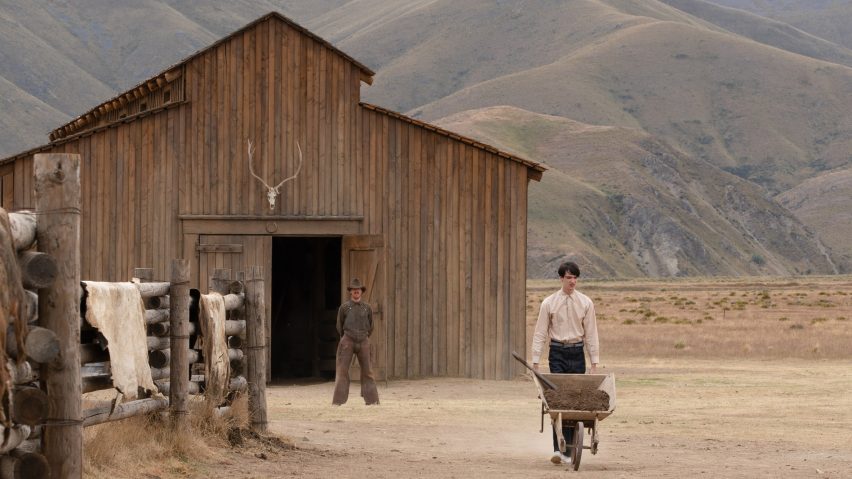
Grant Major designs The Power of the Dog ranch as a "hyper-masculine alpha male environment"
Production designer Grant Major designed a two-storey house to embody a main character's suppressed homosexuality as the centrepiece of the Oscar-nominated set design for Netflix's The Power of the Dog film.
Major, who has been nominated for an Oscar for best production design, turned a New Zealand valley into Montana in the mid-1920s for the adaptation of American author Thomas Savage's novel, which was directed by Jane Campion.
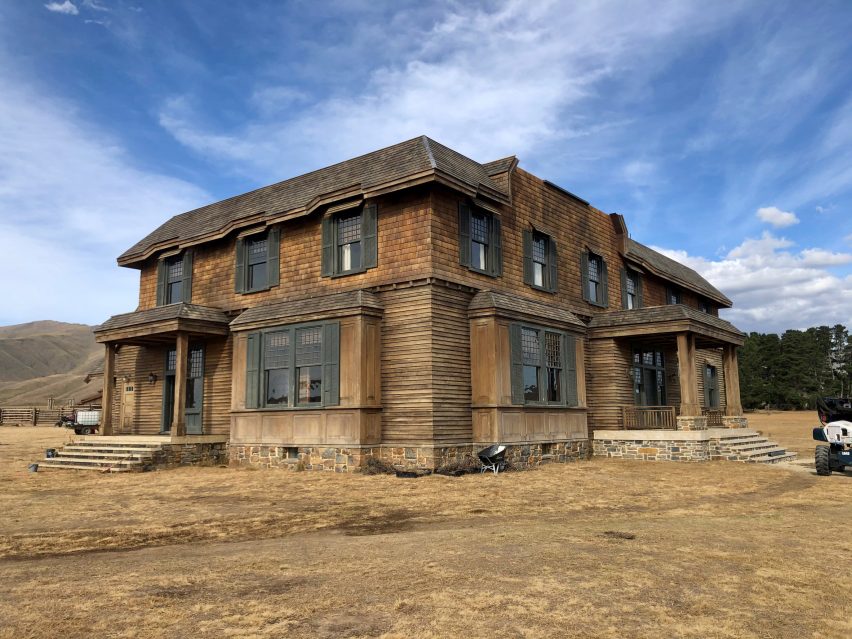
At the centre of The Power of the Dog's set is a two-storey ranch where brothers Phil and George Burbank live, which becomes the backdrop for the drama that unfolds after George falls for restaurant proprietor Rose.
"I really wanted to show that tension in the architecture by making it feel dark and very much like [Phil's] hyper-masculine, alpha male kind of environment," Major told Dezeen in a video call from his home in New Zealand.
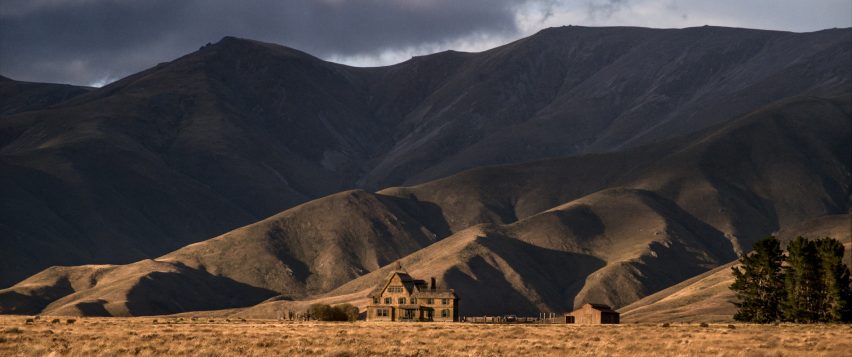
The 1,000-square-metre house, which was built for the film, has a looming feel and a dark interior that was designed to encapsulate the repressed character of Phil, played by English actor Benedict Cumberbatch.
"For 20 years Phil and George have lived with each other, and there's a suppressed kind of homosexuality that's been brewing underneath in Phil; he's become a bit bitter and twisted, tense," explained Major.
"George's personality has been suppressed somewhat, so really, the house is another version of Phil."
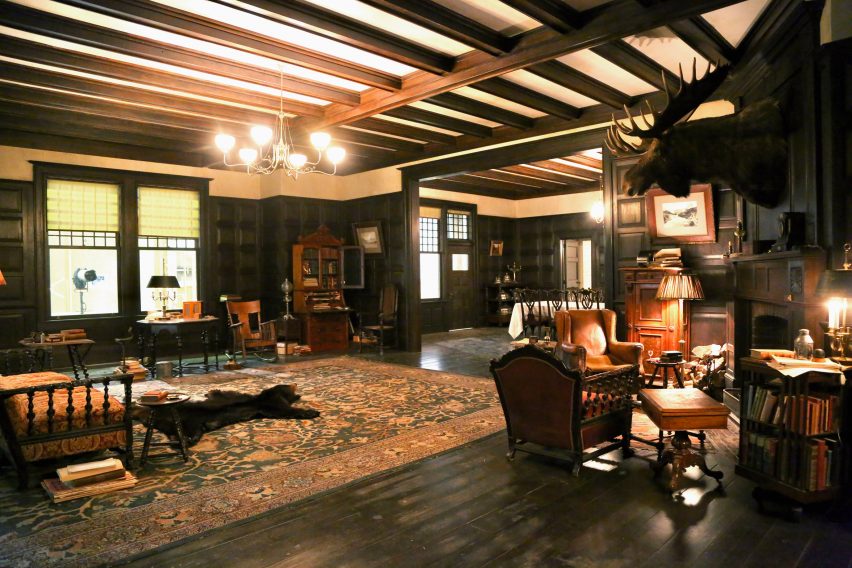
Major used dark tones and added taxidermy to the walls of the house to hint at the character's dark side.
"I wanted to show all those hints, those taxidermy pieces around the walls, staring out at you with their glass eyes – that's very much him, the violence of those taxidermy pieces but beautifully mounted on a wall," he explained.
"In a way, it says a lot about the occupants."
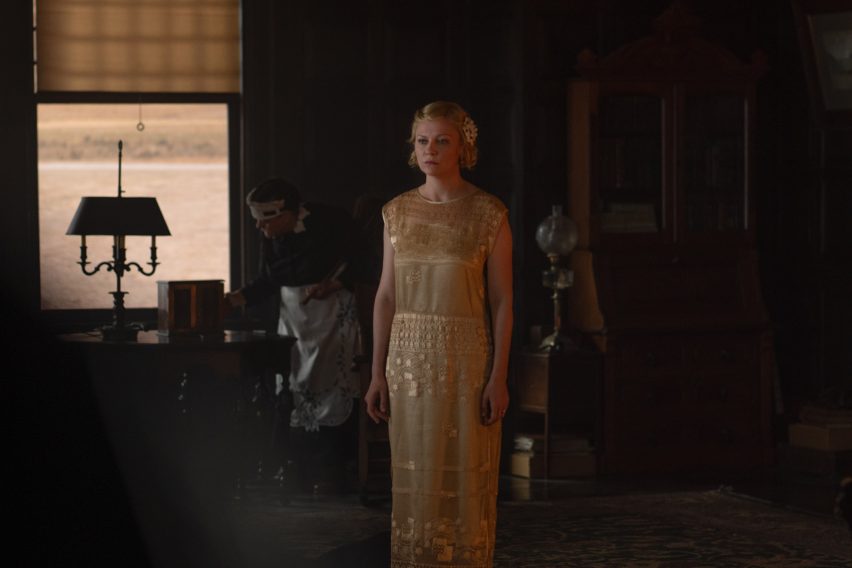
Major cites a number of references for the ranch's exterior, including former president Theodore Roosevelt's Sagamore home in New York.
He rejected mimicking a vernacular Queen Anne-style or recreating a log cabin similar to author Savage's home, and instead created a house with a craftsman-style to give it a "peculiar and interesting look."
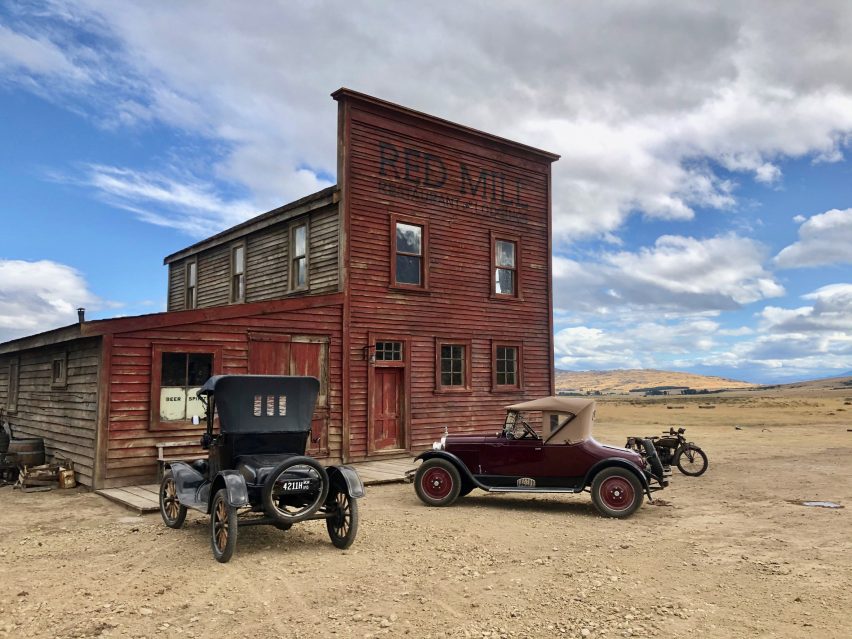
To date the house many custom-made details were created, including window panes specially made to look like they would have in the 19th century.
"Glass back then wasn't as smooth and clean as it is on new buildings," Major said. "The glass is specially made – and there were thousands of panes."
For its exterior, the production team undertook the painstaking process of giving the home the weathered look it would have had after 40 years in the landscape.
"This really is the most beautiful part of the production design," Major said. "The builders built the house from new materials, and then we have a very good scenic cast and painters, who put layer after layer, washes and paints and lichens and growths on the facade."
"Then it was paired back again to really make it feel like the sun and the UV have etched away at the surfaces on the prairie for 40 years," he added. "So we put a huge amount of work into the layering."
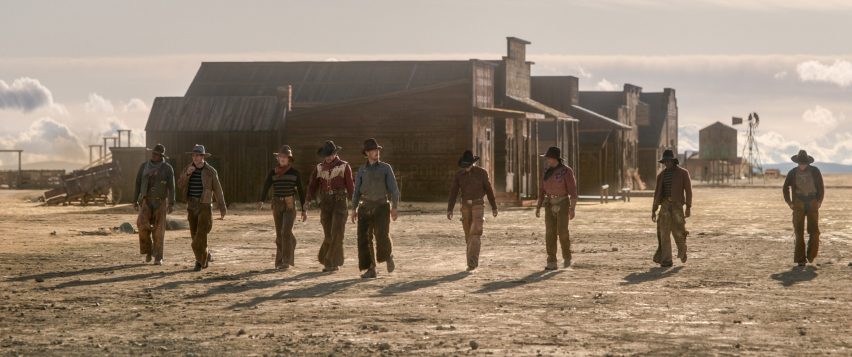
The team also changed the lush green New Zealand landscape into a barren ground more suitable for a working farm.
"The paddocks were actually green – I had to use an organic desiccant, which is biologically okay, to make the grass look drier so that we could narrow the colour spectrum down a lot," Major said.
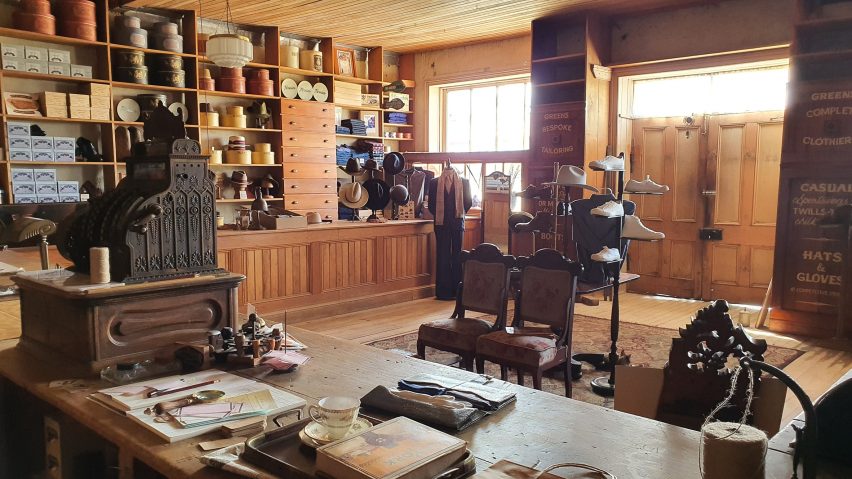
In addition to the main building, Major and his team also built a barn and numerous outbuildings for the set, as well as the 295-square-metre Red Mill Restaurant and Bar which is run by actor Kirsten Dunst's character Rose.
The production designer also made use of existing architecture, including a mudbrick building in an old gold-mining town nearby that was used for the General Store seen in the film.
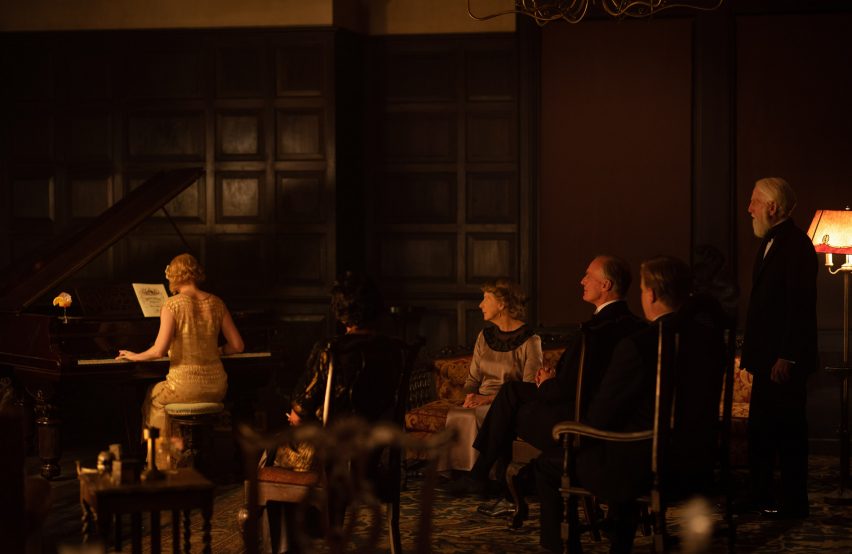
Major had previously worked with Campion on the film An Angel at My Table and was familiar with her process.
"She's a very particular visionary person," Major said. "She's put a massive amount of work into the scripts and had quite a few ideas about many of the things she wanted."
"But also she's wonderful because she spent a lot of time with us and got to know everybody on the crew, and everybody was very admiring of everybody's craftsmanship," he continued.
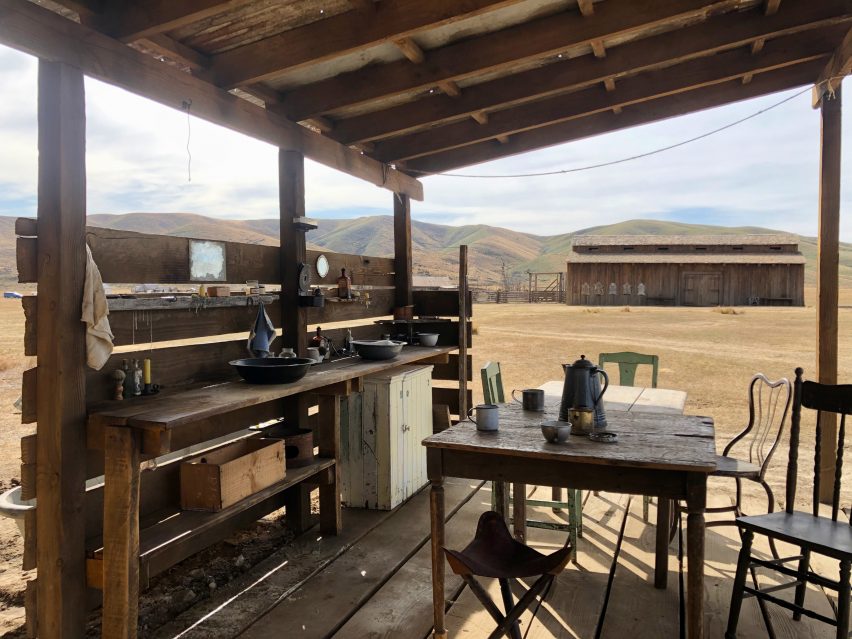
Once filming on The Power of the Dog was over, the set was demolished and recycled where possible, with rented furniture sent back and some material used for firewood by the local farmers. Just one trace of the set remains on site.
"The farmers did save one of the buildings – I think it was the cowboys' bunkhouse," Major said. "They put it on a tractor and dragged it up to the top of the hill and are using it as a sort of sleepout. Everything else is gone."
Other recent film and TV productions with notable set design include the BBC's The Girl Before, which features a minimalist house informed by Japanese architecture, and Netflix' Squid Game with a set that draws on children's playgrounds.
Earlier this year we rounded up five other houses that take centre stage in films including Parasite, Crazy Rich Asians and Ex Machina.
The photography is courtesy of Netflix.